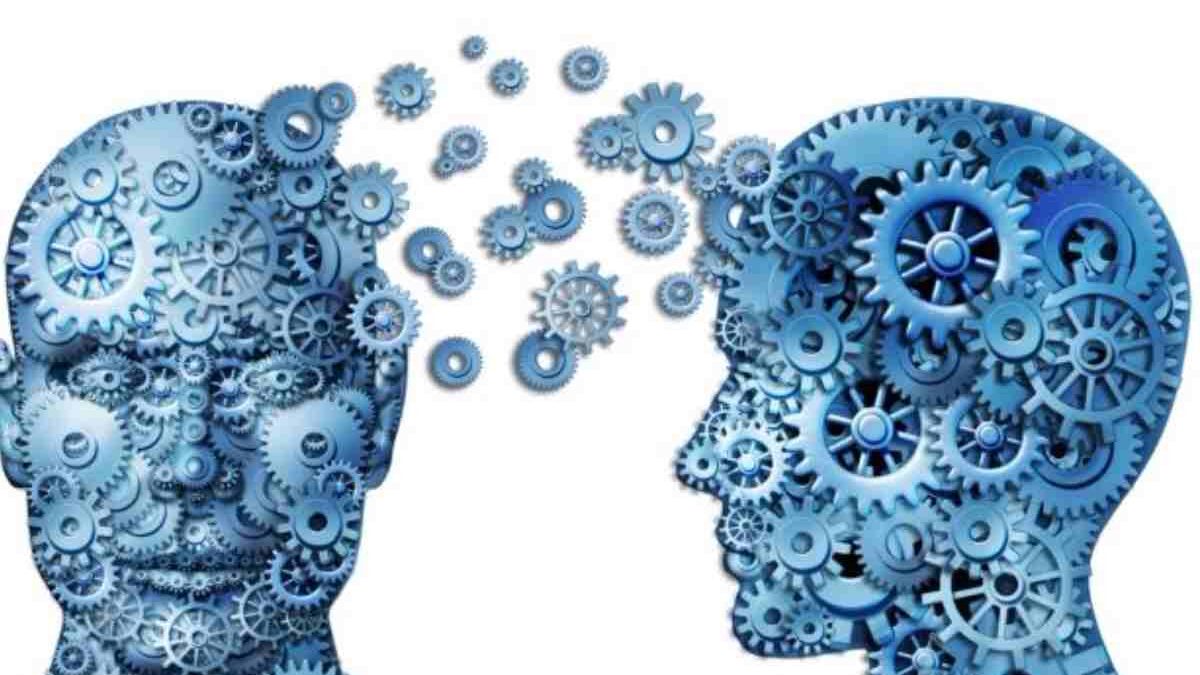who technology transfer – In this post, we explain what the stages of technology transfer are, what each consists of and one of the critical points in the innovation process: the value of an external consultant in the technology transfer process. But first, we must explain what technology transfer is.
What is technology transfer?
Technology transfer is the movement of knowledge and findings to the general public. It can occur through publications, the incorporation of talent from universities or companies, exchanges at conferences, and in relationships with industry to ensure that scientific and technological advances are accessible to a more significant number of users who can develop and exploit them. Further those technologies into new products and create value, processes, applications, materials or services.
Stages of technology transfer
The stages of the technology transfer process can be summarized in the diagram below (made by the authors). It is central to note that these steps may vary in sequence and often co-occur, depending on the type of invention or technology, stage of development, its maturity or the target market.
Stage 1. Analysis of the innovation and its context
An invention is any new process, machine, composition, product or service and any improvement made in these areas that can add value. That implies that someone is willing to pay for it.
This phase aims to carry out a 360º analysis of the innovation. It is about going a little beyond the purely technical aspects and analyzing innovation from a global perspective, which allows us to evaluate it from different perspectives: technical, commercial, market, environmental, legal and business.
Stage 2. Definition of protection and exploitation strategies
During this phase, we must define the best protection strategy as a pivotal element to reinforce the commercial and exploitation interest. Patents are one of the most common protection tools, but there are others, such as utility models, copyright, industrial designs, trademarks and secrecy. In the case of patents, the application and maintenance cost is high, so during this phase, it is imperative to validate the business potential and commercial interest. These validations will be vital in deciding whether to continue in the protection and commercialization process.
Stage 3. Commercialization
In this stage of technological transfer of commercialization, we must work on the business model, that is, the way to put the market and commercialize the innovation, answering the question, “how do we make money?”. It is also essential to draw the value chain associated with our creation, analyze our place in it, and define what makes us unique (value proposition). As a result of this analysis, we can find ourselves in two scenarios:
- Commercialization of innovation through existing companies. In this case, we must identify the best clients and prepare and negotiate technology license or sale agreements. In addition, in many cases, it is time to design the industrialization and scaling project with the client as a preliminary phase.
- Creating a new business or startup is the best form of marketing. In this case, drawing up an excellent technical-economic viability plan, financing (public and private), growth and scaling is crucial.
Stage 4. Returns
The associated returns as a result of technology transfer can be different:
- Perception of royalties for exploitation licenses granted to third parties.
- Perception of an amount for the sale of the innovation.
- Recurring income from the marketing of a new product or service.
- Tax advantages derived from the transfer of licenses.
The reinvestment of part of the returns resulting from the transfer of technology in new innovative activities is an efficient way of financing new developments that will help us continue to differentiate ourselves and be more competitive.
The value of an external consultant in the technology transfer process
Current innovation processes are no longer linear and are characterized by multiple interactions with the market and the customer. It is prevalent to find a “gap” between, on the one hand, the “technology and innovation providers” who do not know where to direct their transfer and marketing efforts. On the other, the companies that require solutions do not know how to select the best opportunities as they do not find clearly defined value propositions.
In this sense, it is interesting to rely on external experts with a double vision, on the one hand: to be able to cover that “gap”, helping technology providers to focus on the market, and the other hand, to help companies select the better technology transfer opportunities.
Ultimately, it is about adding value in the construction of business based on transferring technologies to the market.
Technology transfer and Incotec: innovating the future
At Incotec, we have a great human, professional and highly qualified team that is in charge of pivoting technology transfer projects, guaranteeing the involvement of the optimal team in each project and client. A differentiating aspect that makes us the best option if you want to go further in the efficient innovation of your company. If so, do not dither to exchange us.

